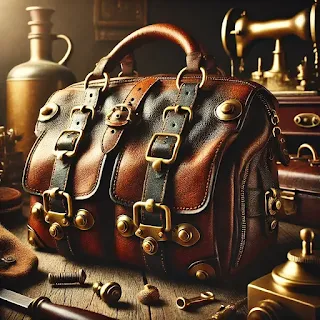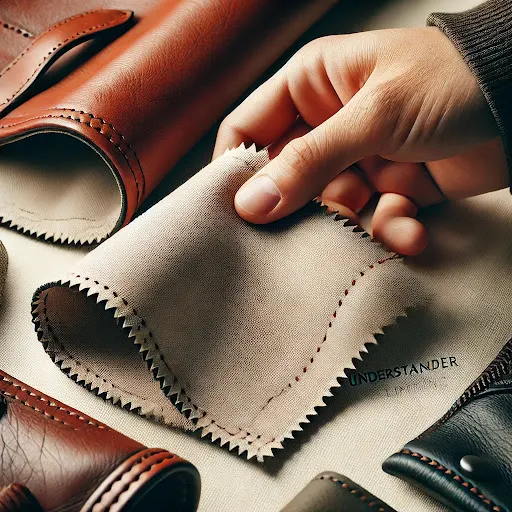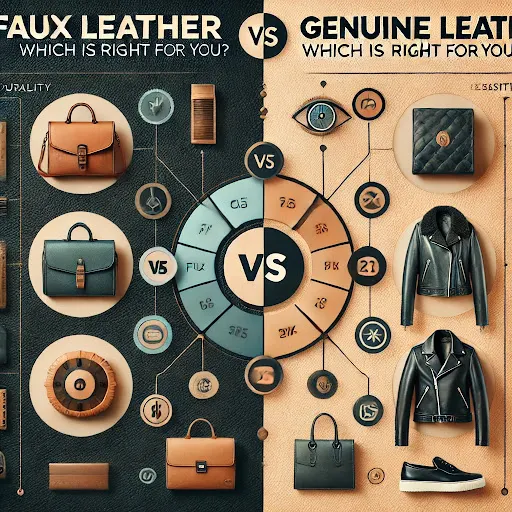Creating hair-on leather carpets involves several steps, from preparing the raw leather or animal skin to finishing the final product. Below is a general procedure for making hair-on leather carpets:
1. Selection of Raw Leather:
- Choose high-quality animal hides or leather. Common sources include cowhide, sheepskin, or exotic hides like zebra or reindeer.
2. Preparation of Raw Hides:
- Clean the raw hides thoroughly to remove dirt, oils, and any flesh remaining on the skin. This process may involve soaking the hides in water.
3. Hair Removal (Optional):
- If the goal is to create a hair-on leather carpet, the hair should be retained. However, if the hides come with hair and you want a smoother surface, the hair can be removed through a process called dehairing.
4. Tanning:
- The hides need to undergo a tanning process to prevent them from decomposing. Common tanning methods include chrome tanning, vegetable tanning, or other specialized techniques.
5. Selection of Hair-On Side:
- Identify the side of the leather that will showcase the hair. This will typically be the exterior side of the hide.
6. Stretching and Drying:
- Stretch the hides to prevent shrinkage during the drying process. The hides are then hung or laid flat to air dry. Care should be taken to maintain the natural shape of the hides.
7. Softening:
- Soften the dried hides using techniques such as buffing or brushing. This helps in achieving a supple texture.
8. Inspection and Grading:
- Inspect each hide for quality and uniformity. Grade the hides based on factors such as hair quality, size, and overall appearance.
9. Trimming and Cutting:
- Trim any excess material and cut the hides into the desired carpet size and shape.



















